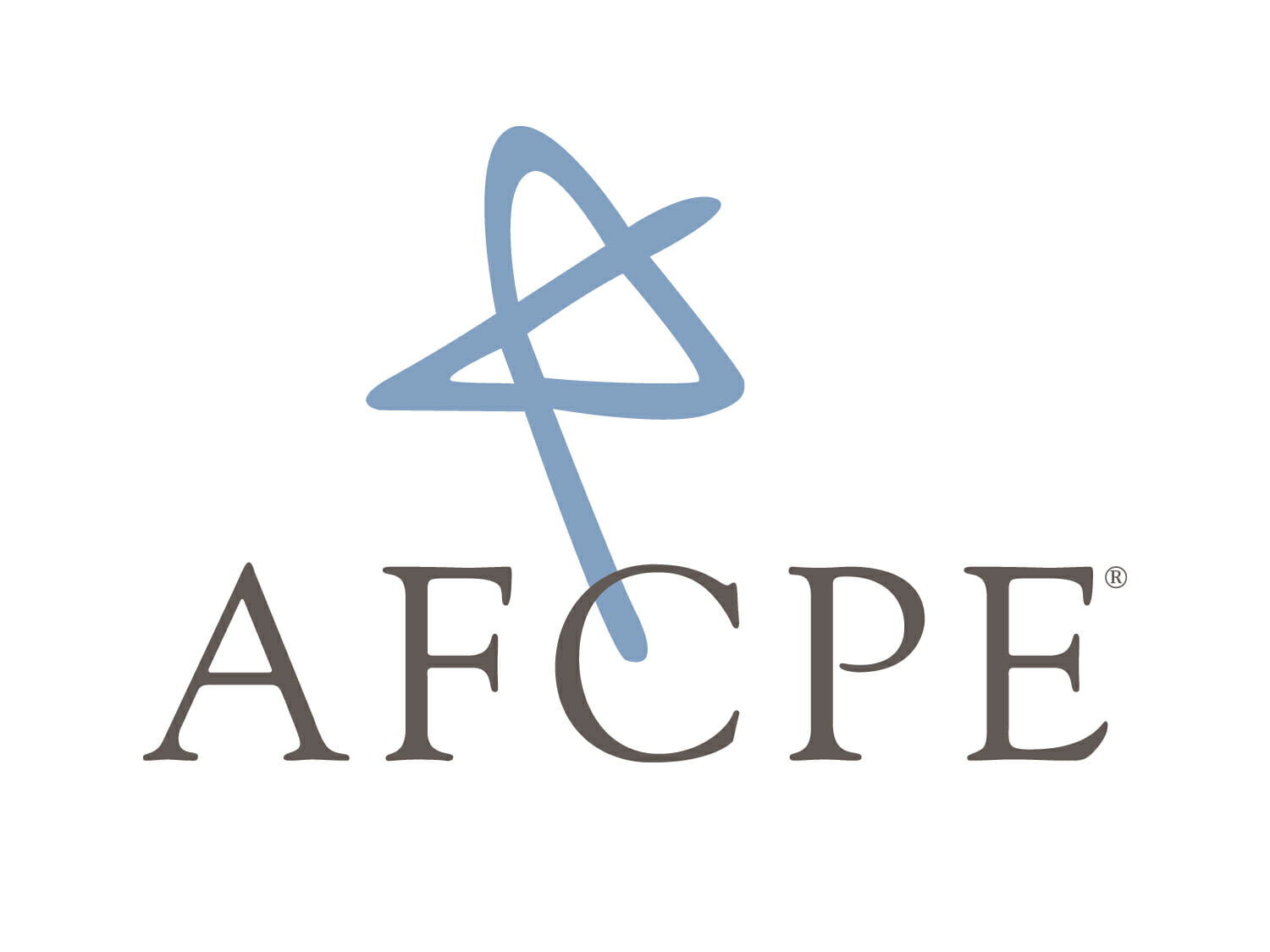Since 2003, April is recognized as Financial Literacy Month in resolutions by the U.S. Senate and U.S. House of Representatives. Financial Literacy Month evolved from Financial Literacy Day on the Hill. One day every April a mix of government, not-for-profit and corporate organizations that promote financial literacy across the country exhibit, this year at the Hart Senate Building, and have the opportunity to share with congressional staffers their projects and products.
This year I attended the Hill event to man the Association for Financial Counseling and Planning Education®(AFCPE®) booth. The first lesson I learned was that I needed to pitch AFCPE. Soon enough I was describing AFCPE as THE nonprofit of Financial Education; associated with the Land Grant Universities’ research in Personal Finance (via the Home Economics Department) and creator of the AFC® designation (an approved designation for federal contracts). The day was off to a good start.
Soon Sen. Michael Enzi [R-WY], the only CPA in the Senate and co-sponsor of the event, welcomed the organizations and thanked everyone for attending. With a few words from a few other congressmen the event went into full swing. The booth to the right of mine was America Saves and we spoke about the America Saves social media project I had participated in during the month of February where I learned I had no clout. We also discussed the growth of the Military Saves movement under their new director, James Lander. I shared how as a tax consultant I know the majority of states do not require service members to pay state income tax. As more of our service members prepare to transition, an 8% savings habit prepares them for the civilian lifestyle that often catches them off guard with state and local taxes. The ladies were happy to pass along my “8% state income tax” savings suggestion.
Champlain College in VT and BYU in UT are the only two Universities in the country to have mandatory personal finance courses in their curriculum. BYU’s material is available online and I reference it regularly. Financial Literacy in the Universities has been a hot topic since student debt has surpassed one trillion dollars. Though the curriculum is not following suit. Technology that is available to students is leading the literacy movement. One interesting find was iGrad, a customizable software program for University students and staff to access. They advertise “Personalized content, driven by pushed-content engine. Recommended, relevant modules, articles, and videos are delivered to the right users at the right times.” They had me before hello. I was drawn to their booth by “Financial Literacy in Higher Education: The Most Successful Models and Methods for Gaining Traction”; a whitepaper I have sent to a number of my friends at Universities. The study concludes:
“There is no “one-size-fits-all” solution for a financial literacy program. However, finding the most effective solution for your institution will likely involve employing different initiatives based on what is known about your student population, followed by ongoing testing and adjusting.”
This whitepaper captures the overall financial literacy education needs in our country. The materials available on the Hill that day were eye opening for an educator like myself. The organizations at the event were a display of the tools that are available to the public. Financial Literacy is progressing one hill-day event at a time and it’s about time.
–Leticia Stevens, AFC®, AFCPE Member

Leave a Reply